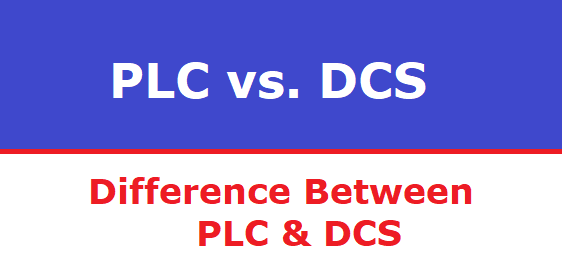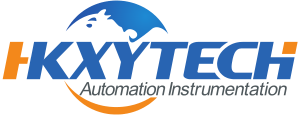What is the difference between PLC and DCS?

Difference between PLC & DCS
PLC:
PLC is electronic systems that operate digitally and are designed for use in industrial environments, where the system uses programmable memory for internal storage instructions that implement specific functions such as logic, sequences, timing, enumeration and arithmetic operations to control machines
DCS:
A Distributed Control System (DCS) usually refers to a control system of a manufacturing system, process or any type of dynamic system in which the controller elements are not centrally located (such as the brain) but are distributed throughout the system with one or more controllers controlling each component sub-system.
Difference between PLC & DCS:
Majority of process plant has both the PLC & DCS. PLC employs as the subsystem of DCS.
Core processes (food, pharmaceutical, refining, etc.) are usually controlled and managed by DCS. PLCs are used to regulate non-core process tasks including material handling, water treatment, engine control, plant equilibrium, air compressor control, packaging and other features.
Configuration vs. Programming:
DCS is designed to configure and PLC to program.
DCS configuration utilizes conventional control items which are automatically connected to the corresponding faceplate, simplifying setup and resulting in standardization.
PLC uses configured softwares to program process setpoints.
Control Network Communications
DCSs have extremely sophisticated and embedded Foundation Fieldbus and HART interfaces as well as appropriate interfaces to other networks of industrial automation.
PLC systems tend to have fewer sophisticated Foundation Fieldbus and HART interfaces. In many instances, they depend on hardware and software from third parties with more intensive setup.
Interestingly, discrete network interfaces can pose a problem with PLC systems, as there are many standards and bigger suppliers optimize the interface and software setup to their flagship protocols.
How does a PLC work?
The PLC receives information from connected sensors or input devices, processes the data, and triggers outputs based on pre-programmed parameters.
Depending on the inputs and outputs, a PLC can monitor and record run-time data such as machine productivity or operating temperature, automatically start and stop processes, generate alarms if a machine malfunctions, and more. Programmable Logic Controllers are a flexible and robust control solution, adaptable to almost any application.
PLC vs. DCS:
DCS (Distributed Control System) is a CONTROL SYSTEM that operates with multiple controllers and coordinates all controller’s job. A distinct plant is handled by each controller. The PLC is linked to this controller.
The PLC (Programmable Logic Controller) is a CONTROLLER that can be rescheduled. If the PLC is a stand-alone and not combined with other PLCs, it will be called DDC. It implies that PLC is a big system of sub-system called DCS.
All system checks are performed in the central processor in DCS so that the entire power plant will also fail if it fails. Mostly DCS is used as a regulatory check.
DCS is not a large PLC. Because system architecture of DCS and PLC are different.
DCS is not an integrating PLC into a single big system. “Controller” is more intended for “Logic Controller” in the PLC, while “Controller” is more intended for “Process Controller” in the DCS.
Both DCS and PLC is a configurable and reconfigurable.
For More details, you may refer to website: https://automationforum.co/what-are-difference-between-plc-labview-and-dcs/
Latest News
-
ORBINOX IB (SER.56) Bi-directional high pressure knife gate valve
 December
26, 2025
December
26, 2025
-
ORBINOX HB (SER.54) Bi-directional high pressure knife gate valve
 December
26, 2025
December
26, 2025
-
ORBINOX TK (SER.32) Through conduit knife gate valve
 December
26, 2025
December
26, 2025
